Notes
La madera en el arte taino de Cuba
Created by Miguel Sague Jr Aug 22, 2024 at 2:46am. Last updated by Miguel Sague Jr May 5, 2025.
AKWESASNE NOTES history
Created by Miguel Sague Jr Jun 12, 2023 at 4:15pm. Last updated by Miguel Sague Jr Jun 12, 2023.
registration form art all night Pittsburgh
Created by Miguel Sague Jr Apr 17, 2023 at 10:58am. Last updated by Miguel Sague Jr Apr 17, 2023.
Events
Injustice Against The Seneca People
Takahi Datiaono (Greetings My relatives )
I live in Pittsburgh, Pennsylvania. At one time the whole western region of this state (including Pittsburgh) was the sovereign territory of the Onödowa’ga:’ who are known to the world as the Senecas. The Senecas left a legacy of their presence in the Pittsburgh area in the form of place names that honor their history here such as Seneca Valley. Also individual Seneca historical figures such as Chief Guyasutta, who lived in what is now Sharpsburg and Clan Mother Aliquippa, who lived in what is now McKeesport are still remembered in our region
This indigenous nation was a member of a traditional confederacy of five, and then later, six Native tribes called the Haudenosaunee. (the Iroquois Confederacy).
This confederacy included, from west to east along the southern shore of Lake Erie and Lake Ontario, the SENECA in the region of western New York state, western Pennsylvania, and eastern Ohio, the CAYUGA in the region of Cayuga Lake, the ONONDAGA in the region of Onondaga Lake, the ONEIDA on Oneida Lake, and the MOHAWK in the eastern region of New York State as far as the border with New England.
This confederacy of five tribes is thought to have been formed some time between 1400 and 1600 AD. Much later, during the 1600's a sixth Iroquoian tribe migrated up from the South and joined the confederacy. They were the TUSCARORA.
These people identified themselves as the LONGOUSE PEOPLE (Haudenosaunee), not only because their traditional dwellings were long multi-family rectangular structures made of elm bark, but also because they imaged their confederacy to be a huge metaphorical longhouse stretching from Seneca territory in the west to Mohawk territory in the East with one entrance in the Seneca end of the longhouse and another in the Mohawk end.
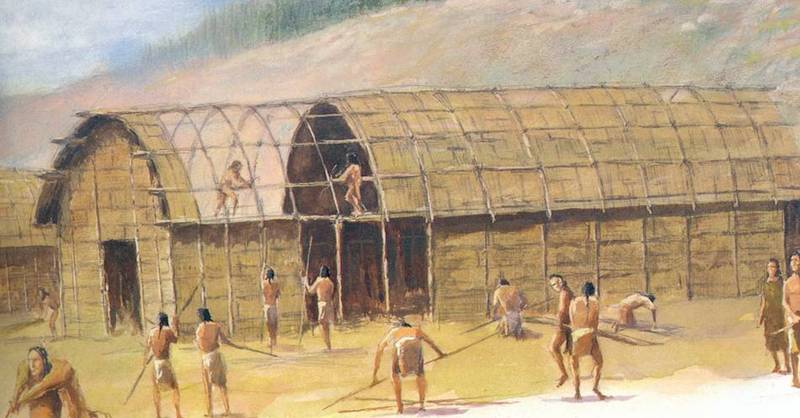
They commemorated the formation of their league with a traditional belt made of purple and white wampum shell beads. This belt symbolically represented the union of the original five nations in the form of four rectangles that stood for the Seneca, Cayuga, Oneida and Mohawk nations and a central tree-shaped pattern that represents the Onondaga nation, in whose centrally located territory they established the capital of their union. The tree represents a legendary pine tree originally planted in Onondaga territory by the founders of the league.


The Iroquois people maintain their traditions to this day and that is reflected in the celebratory regalia of their women and men


Present-day chiefs of the Iroquois Confederacy
Present-day clan mothers of the Iroquois Confederacy
The Iroquois lost most of their territory after the American Revolution in 1794 and they were restricted to tiny reservations in New York State, Canada and Pennsylvania. The last surviving Seneca reservation in Pennsylvania was assigned to Seneca Chief Cornplanter by George Washington in the late 1700's via a solemn treaty.
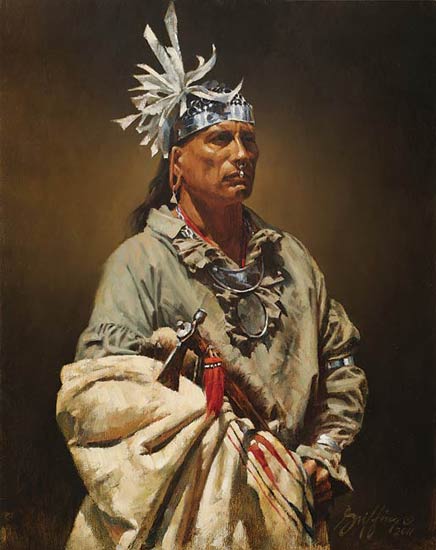
Chief Cornplanter
The Cornplanter Grant Seneca people were featured in lots of historical and ethnographic records of Pennsylvania.
These are photos of the Seneca residents of Pennsylvania's Cornplanter Grant in the early 20th century
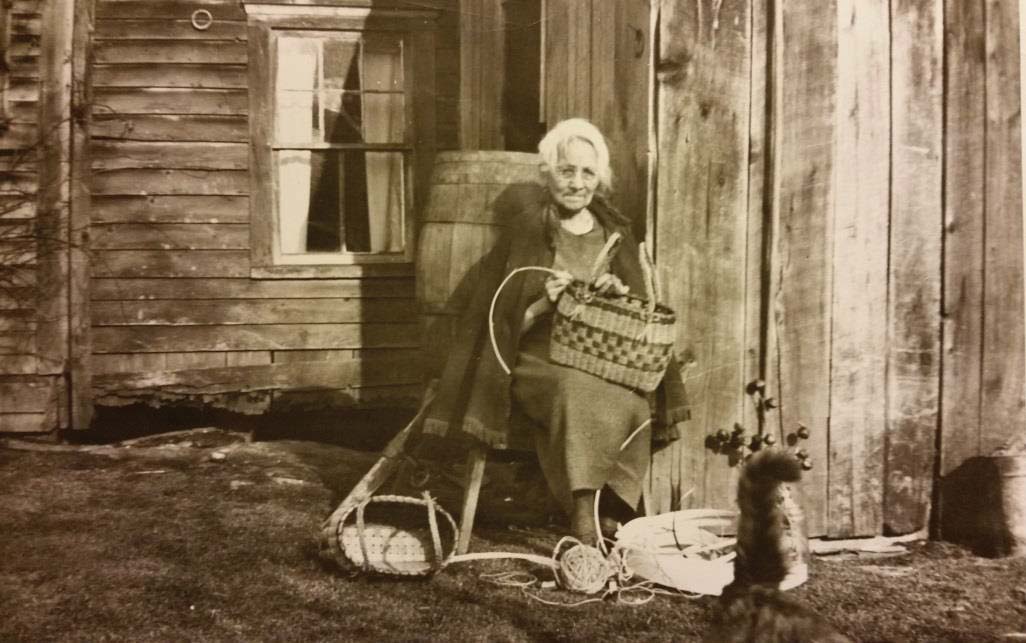
Phoebe Gordon making baskets at the Cornplanter Grant. Ms. Gordon is constructing a two-handled, split-oak basket. Photo courtesy of the Deardorff Archive, Warren County Historical Society.
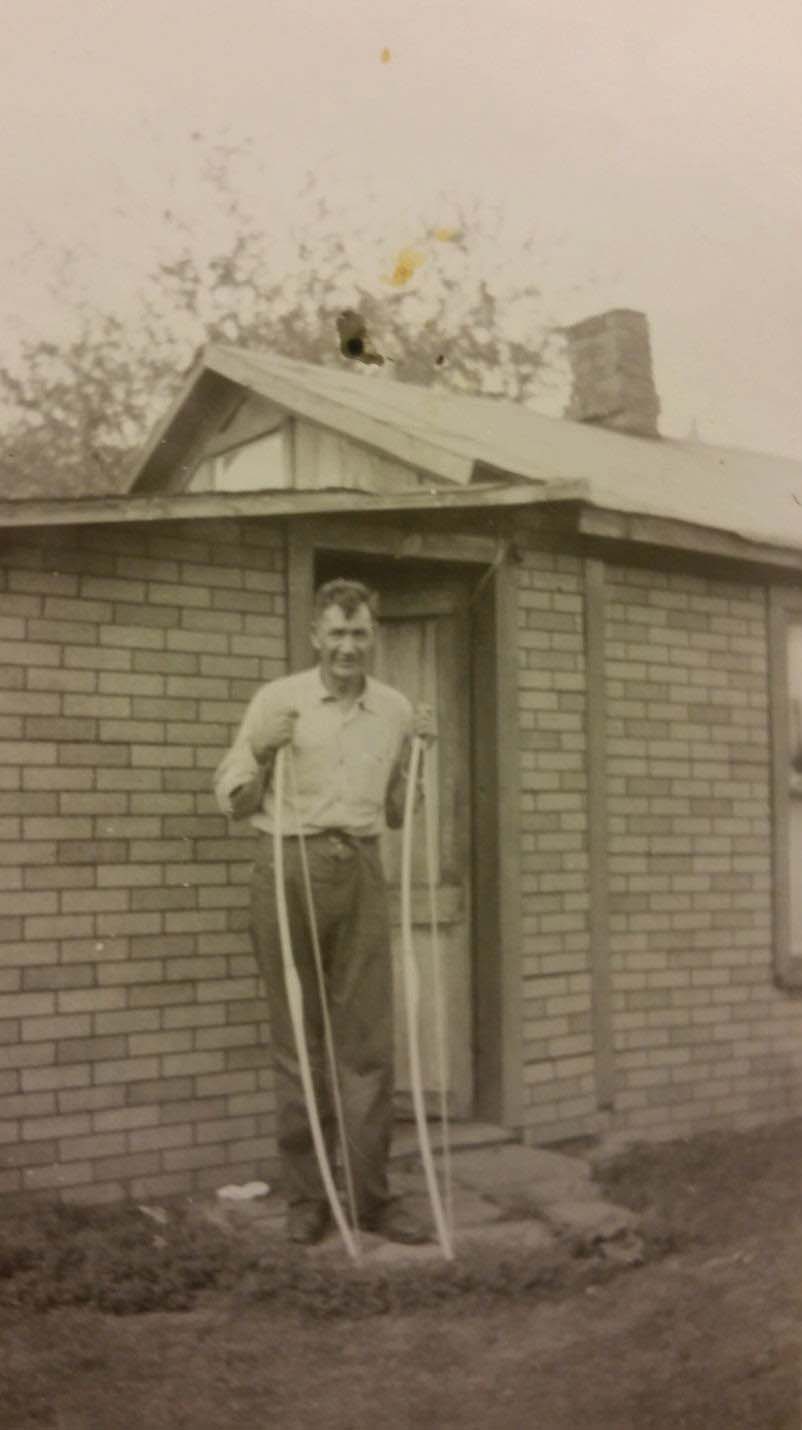
Sherman Redeye with hand-made bows on the Cornplanter Grant, 1948. Image courtesy of the Deardorff Archive, Warren County Historical Society.
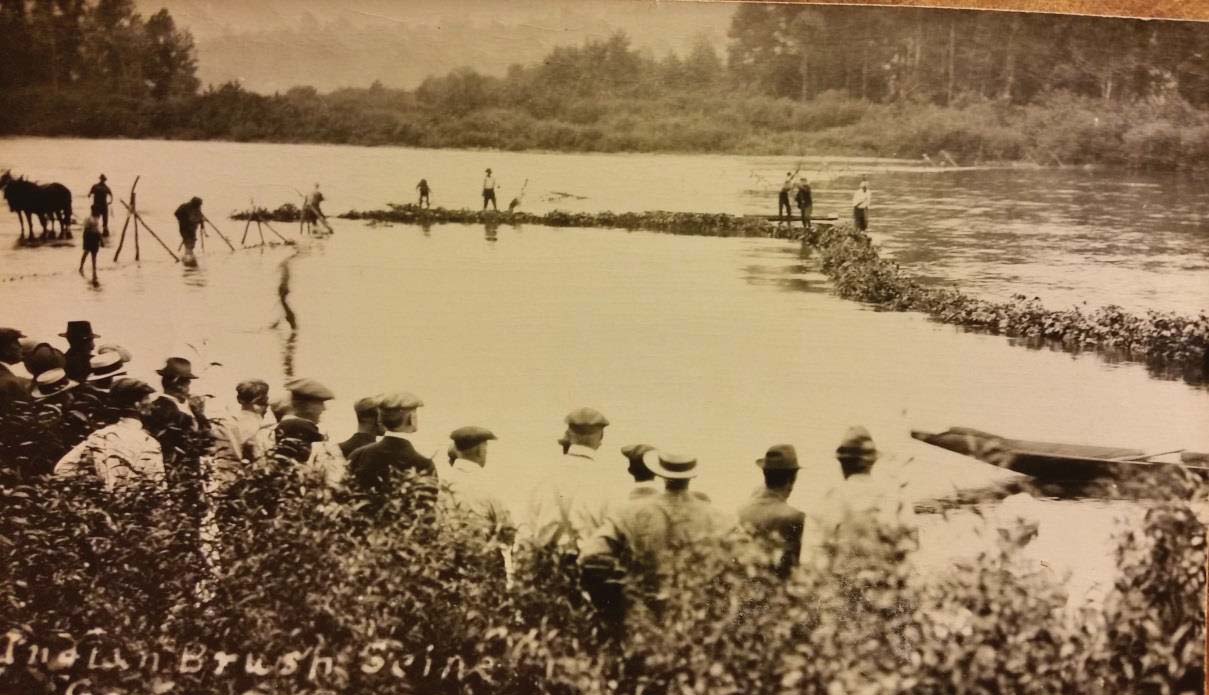
Using a brush seine for fishing on the Cornplanter Grant. The brush seine was used to drive the fish so they could be caught by others. Image courtesy of the Deardorff Archive, Warren County Historical Society.
Chief John Jacobs, the leader of the Cornplanter's Grant community in 1908
Two members of the Cornplanter Seneca Tribe canoeing down the Monongahela for the 1908 Pittsburgh Sesquicentennial Celebration.
This is a newspaper article that features the Seneca chief John Jacobs upon the occasion of his visit to Pittsburgh in 1908.
In the 1960's some powerful political and business concerns in Pittsburgh, Pennsylvania finalized plans to create a flood control project that would help attenuate the catastrophic damage that occasional inundations of the Allegheny River inflicted on the city all too frequently. Unfortunately this project included the construction of a dam in the upper region of the river, in Warren County, Pennsylvania, which would result in the creation of a huge reservoir lake that would almost totally flood the whole of Cornplanter Grant as well as a portion of the Seneca Allegeny Indian Reservation a few miles north in New York State. The Senecas fought the project in the courts and in the realm of public opinion but eventually they lost the battle. Money and politics won over the solemn word of George Washington.
The dam was built and was named KINZUA DAM. The reservoir that it created is called KINZUA RESERVOIR.
The Cornplanter Grant residents were forcibly moved north across the border to live with their fellow Senecas in New York State on the Allegeny Indian Reservation. Many members of that New York State reservation were also affected by the flooding, which extended well north of the state border. This youtube video outlines the story of this injustice.
The Seneca still remember this painful part of their history since many of the people who were uprooted by this event are still alive.
To this day members of the Seneca Nation still cross the border from western New York state into Pennsylvania to offer sacred ceremony, mourn and pray on the flooded banks of their ancient territory on the Beautiful Waters (Allegheny River) in Warren County.
A song called NOW THAT THE BUFFALO'S GONE by the famous Canadian Indigenous singer Buffy Sainte-Marie memorialized this injustice with a verse that states "A TREATY FOREVER GEORGE WASHINGTON SIGNED. THAT TREATY'S BEEN BROKEN BY KINZUA DAM".
Comment
-
Comment by Miguel Sague Jr on October 26, 2021 at 6:21pm
-
THE LEGEND OF SKY WOMAN
The Onondowaga people who are known to the world as the Seneca Tribe are an Indigenous people whose homeland is the the NorthEastern region of what is now the United States. At the height of their history they controlled a territory that included areas of western Pennsylvania, eastern Ohio, and western New York state all along the southern shore of Lake Ontario.
The Onondowaga tell a story that remembers a time when there was no solid or dry land available on the earth. Everything was water as far as the eye could see from horizon to horizon. In the water, aquatic animals such as fish, beavers, river otters, water snakes and water birds dwelled. In the air the flying creatures such as geese and hawks circled endlessly on extended wings
Surmounting it all the dome of the sky arched overhead. On the uper surface of that sky dome there existed an universe of celestial life. There was a village there where the sky people lived in their elm-bark longhouses just like the Seneca People of later times would. At the center of the sky world there grew a mighty tree from whose branches hung bright flowers and fruit which sparkled at night, and these were the stars.
The chief of the sky people had a wife and she was expecting a child. One day the woman approached her husband and placing her hand gently on her great belly she informed him that she had grown curious about what was under the great tree at the center of the sky and wished him to use his prodigious power and magic to uproot it so she could take a look beneath it.
The chief reluctantly agreed to his wife's request and placing his arms around the trunk of the tree, pulled it out by the roots. There soon was a huge hole in the sky where the tree had been. The woman leanned over its edge and was amazed by what she saw down there, all that water and no land. She was careless and slipped, falling through the hole.
The woman fell helplessly and would have perished but was unexpectedly saved by a great flock of geese who spread their enormous wings together and held her gently aloft lowering her slowly.
The living creatures beneath realized that the woman still was in great peril, having no place to land and so they all decided to help. First they called upon the great primordial turtle to rise from the depths of the water and allow its enormous shell to emerge above the surface. Now there was a solid surface upon which the geese could gently place the woman.
Fortunately for Sky Woman, she happened to be wearing a leather thong around her neck from which hung a pouch full of plant seeds of all kinds. With these Sky Woman would have the chance to populate her new home with all the plants needed for a proper earth surface. Unfortunately seeds can only sprout in soil and a turtle's hard shell is hardly an appropriate place to plant anything.
The creatures of the water decided that one of them should swim down to the bottom and bring up a bit of mud from down there. Sky Woman could use her magic to spread that mud accross the whole surface of the giant turtle shell and create a place where plants could grow. First the big beaver with his strong flat paddle tail attemped the task but he ran out of breath half way down and had to return quickly to the surface, gasping for breath. The duck, the river otter and the loon also all tried but failed just like the beaver for the same reason, almost drowning in the process.After several other water animals tried and failed, the tiny muskrat declared that he would try. The others laughed and ridiculed him, exclaiming that how did he think he could accomplish a task so difficult that it had stymied others much stronger than him. But he persisted and dove down. To everybody's surprise, the muskrat re-emerged sometime later with a bit of mud held against his chest by his two tiny front paws.
Once the wet soil was placed at the center of the turtle shell, Sky Woman began to walk around it and with each circle the patch of mud grew and grew until it covered the whole surface establishing a firm base for the creation of a motherland. The Seneca people call this motherland Turtle Island and it is known by others by the name of North America.
Sky Woman gave birth to a daughter. This daughter grew up to then eventually marry the West Wind and bear the divine twins; Sapling (The Creator Spirit) and Flint (The spirit of misfortune). After her death the daughter of Sky woman was buried, and from three separate places of her grave sprouted the three sacred plants that sustain the Seneca people; Maize, Beans and Squash. The Seneca identify these three givers of life as the Three Sisters.
© 2026 Created by Network Financial Administration.
Powered by
![]()
You need to be a member of Indigenous Caribbean Network to add comments!
Join Indigenous Caribbean Network